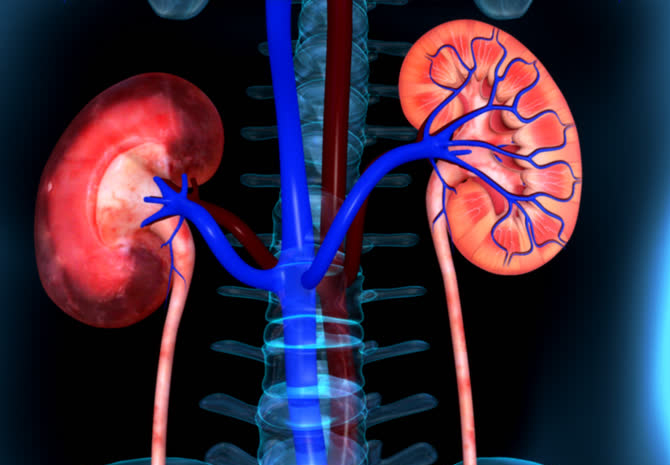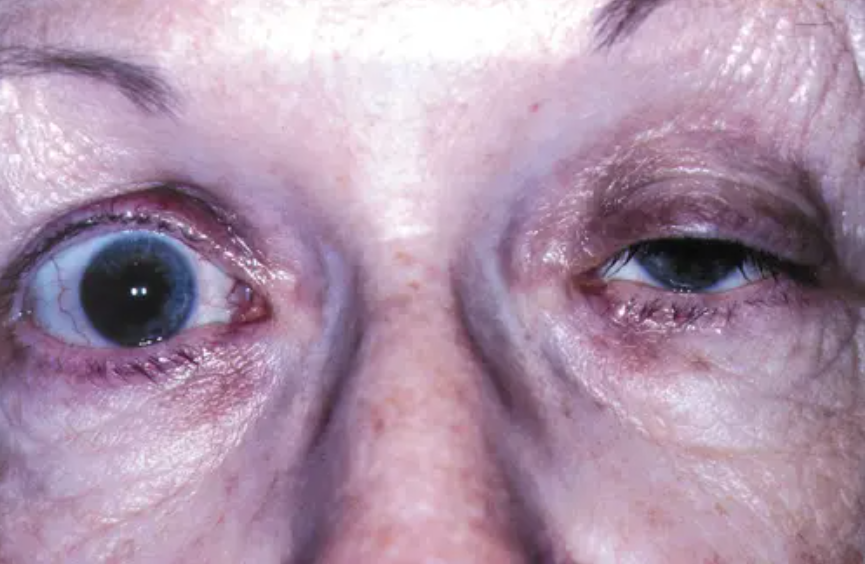Author : Dr. Prajwal ( MD Internal Medicine )
Acute Kidney Injury which is also known as Acute Renal Failure can be defined as Abrupt decline in renal function, which clinically Manifests as reversible acute increase in nitrogen waste products over the course of hours to weeks. Acute Kidney Injury is one of the common entity in emergency department where emergency Physicians plays a crucial role in recognizing the early AKI to prevent iatrogenic injury and reversing the Course.
The Acute Dialysis Quantitative Initiative ( ADQI) group published the RIFLE CLASSIFICATION , which is based on changes from the patients baseline either in serum creatinine levels , Glomerular filtration rate , or Urine output.
RIFLE Classification for Acute Kidney Injury as follows :
1: Risk ( R) : Increase in Serum Creatinine levels X1.5 or Decrease in GFR by 25 % or UO < 0.5 ml/kg/ hr for 6 hrs
2: Injury ( I ) : Increase in Serum Creatinine levels X 2.0 or decrease in GFR by 50% or UO < 0.5 ml/kg/hr for 12 hrs
3: Failure ( F ) : Increase in Serum Creatinine level X 3.0 , decrease in GFR by 75%, or Serum Creatinine level more or equal to 4mg/dl with acute increase of > 0.5mg/dl; UO < 0.3 ml/kg/h for 24 hrs, or anuria for 12 hours.
4: Loss ( L ) : Persistent AKI , Complete loss of kidney function for > 4 weeks
5: End Stage Kidney disease (E) : Loss of Kidney Function for > 3 months
Since baseline Serum Creatinine level and GFR may not be readily available , The Consensus committee recommended the use of Modification of diet in Renal diseases equation to estimate the Patients GFR / 1.73 mm based on serum creatinine level , age, gender and race. The Proportional decrease in GFR should be calculated from 75 ml/min per 1.73 mm, the agreed upon lower limit of Normal .
Signs and Symptoms :
On Examination of the Skin we may reveal the following in Acute Kidney Injury :
1: Maculopapular rash : Allergic Interstitial nephritis
2: Palpable Purpura : Systemic Vasculitis
3: Digital ischemia, Livedo reticularis, Butterfly rash
4: Track marks : Endocarditis
Ears :
1: Mucosal or Cartilaginous ulcerations : Granulomatosis with Polyangiitis
2: Hearing loss : Aminoglycoside Toxicity and Alport disease
Eyes :
1: Band Keratopathy (i.e. hypercalcemia) : Multiple Myeloma
2: Iris , Uveitis, Keratitis , dry Conjunctivae : Autoimmune Vasculitis
3: Signs of Hypertension and Diabetic mellitus
4: Atheroemboli : Retinopathy
5: Jaundice : Liver disease
Cardiovascular system :
1: Murmurs : Endocarditis
2: Irregular Rhythms ( Atrial fibrillations ) : Thromboemboli
3: Increased Jugulovenous distension , rales, S3 : Heart Failure
4: Pericardial friction rub : Uremic Pericarditis
Diagnostic Testing :
1: Kidney function Tests : Increased levels of BUN ( Blood Urea Nitrogen ) and Serum Creatinine are the Hall marks of renal failure; Ratio of BUN to Creatinine Can exceed 20 : 1 in the conditions that favors the enhanced reabsorption of urea, such as Volume Contraction.
2: Complete Blood Count may indicate the infection , thrombotic microangiopathy, acute blood loss or chronic anemia .
3: Serological Tests : These May Show evidence of conditions associated with AKI such as Lupus Nephritis , anti – GBM disease or ANCA vasculitis
4: Peripheral smears : Hemolytic uremic syndrome and Thrombotic Thrombocytopenic purpura
5: Bladder Pressure : Patients with Bladder pressure above 25 mm Hg should be suspected of having AKI caused by abdominal compartment syndrome
6: Complement testing : Pattern May indicate AKI related to endocarditis or Glomerulonephritidites
7: Ultrasonography : Renal Ultrasonography useful for evaluating existing renal disease and obstruction of urinary collecting system.
8: Renal Biopsy : Useful in Identifying Intrarenal cause of AKI and directing Targeted therapy
Management :
Maintenance of Volume Homeostasis and correction of Biochemical abnormalities remains the Primary Goal of AKI Treatment.
Following measures maybe Included :
1: Correct the Fluid overload with Furosemide
2: Correct the Life threatening Hyperkalemia
3: Correct the Severe Acidosis with administration of Alkali, which can be important as Bridge to Dialysis
4: Correct the Hematologic abnormalities such as anemia, uremic platelet dysfunction, with measures such as RBC or Platelet Transfusion and administration of Desmopressin or estrogens .
Further , A Important treatment method used which helped many patients with acute kidney injury to lead normal life and that is known as HEMODIALYSIS. In Simple Terms it is a method in which all impurities accumulated in the body which were earlier cleared by kidney are cleared from the blood.
Indications for Hemodialysis :
1: Volume Overload
2: Insufficiency – eGFR < 10 ml/min
3: Metabolic acidosis where pH > 7.1 despite correction
4: Imbalance in Electrolytes ( Hyperkalemia despite Correction )
5: Encephalopathy
6: Uremic Pericarditis ( Absolute Indication )
As Hemodialysis is a life long process and requires multiple visits to hospital , Double lumen Catheter is placed in Inter jugular vein, Femoral or Subclavian vein. Most Common Complication of Hemodialysis is Hypotension.
Note : Continuous Veno- Venous Hemodialysis for 24 hours is used in Hemodynamically Unstable Patients .



Leave feedback about this